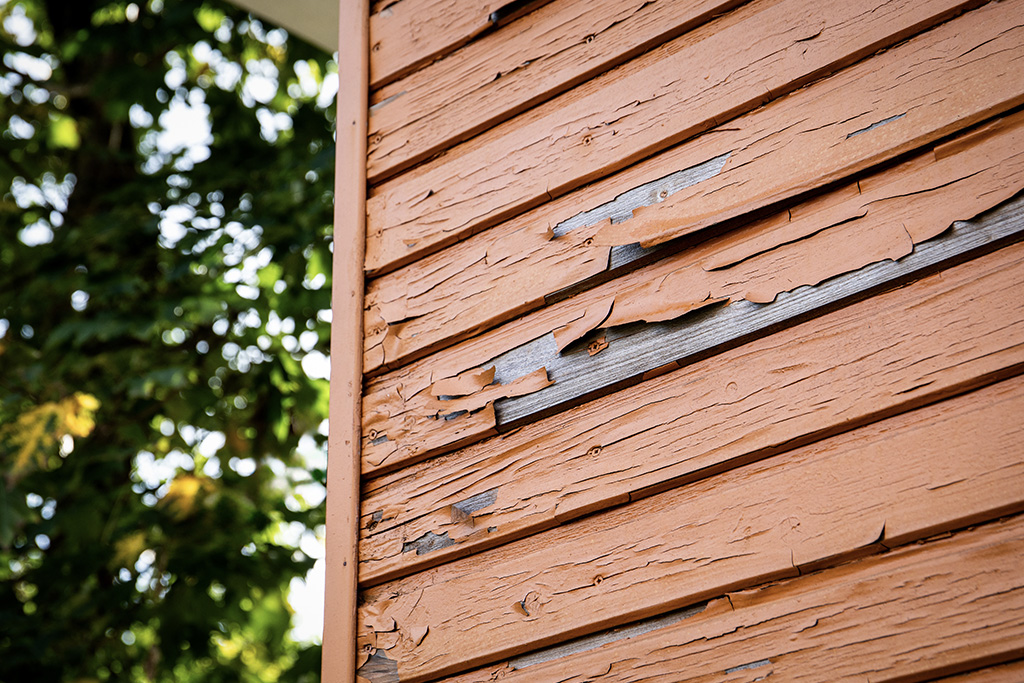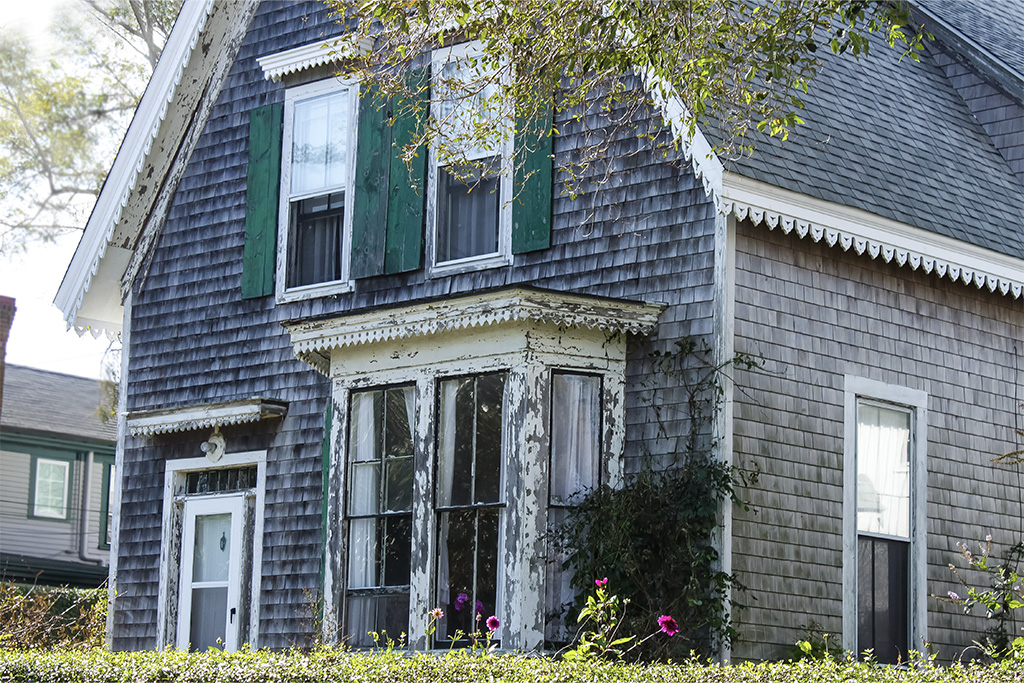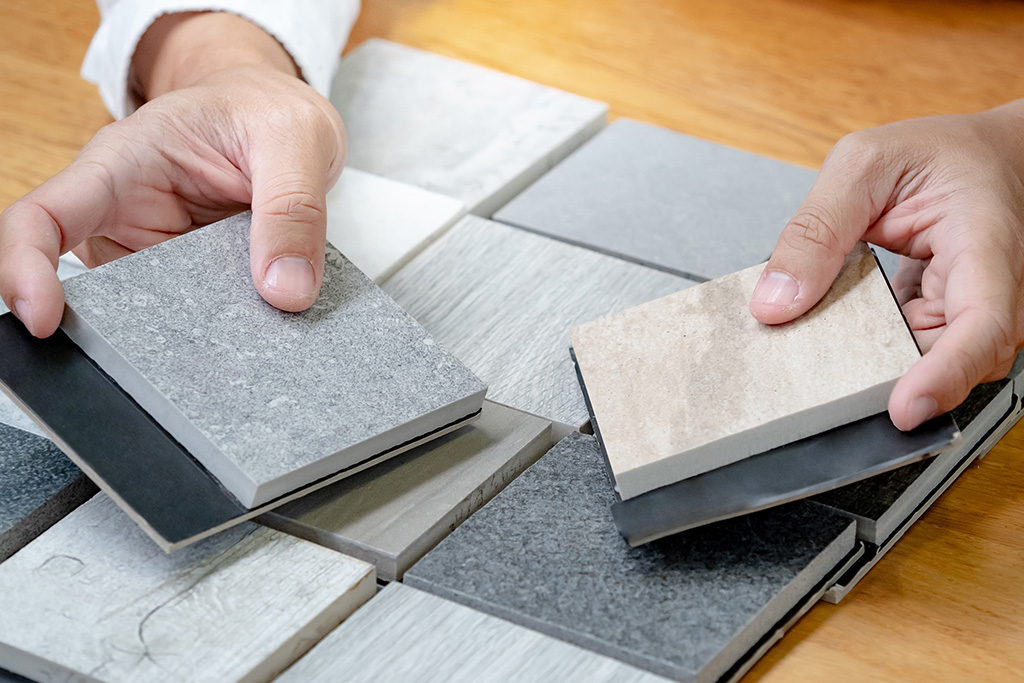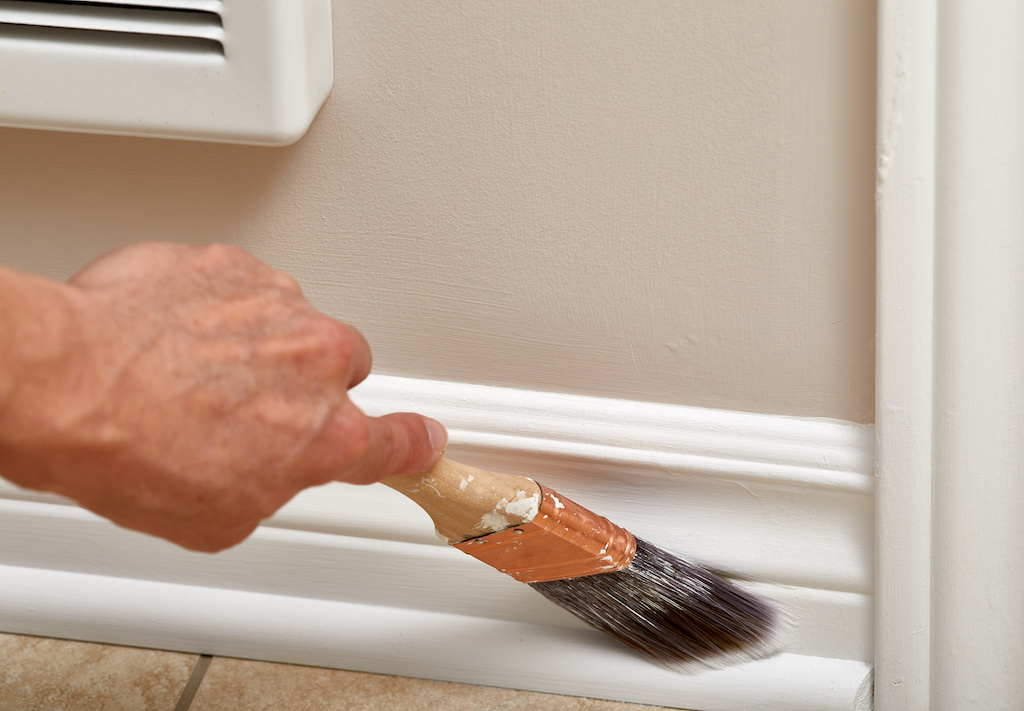
Trim, like any other part of your home, can deteriorate, wear, or become outdated over time. While some minor damage to trim can be patched up with wood filler and a bit of sandpaper, more severe damage often calls for a full trim replacement.
However, replacing the entire trim in your home can be a massive undertaking, especially if you live in an older home with intricate or custom trim. Moreover, stripping old paint layers and refinishing wood trim can be a time-consuming and complicated process.
Repairing Trim
If your trim is only slightly damaged, repairing it is often the most cost-effective solution. Some common types of trim damage include scratches, dents, and cracks, which can be easily fixed by using wood filler, sandpaper, and a fresh coat of paint.
When figuring out if you need to repair your trim, ask yourself the following questions:
- How extensive is the damage? Worn or dull areas can quickly be repaired, but severe damage may require replacement.
- What’s the age and condition of the trim? Old, dry, or brittle trim could require complete replacement instead of repair.
- Is the damage easily visible? If the damage is in an inconspicuous area of your home, it may be better to leave it unrepaired.
Replacing Trim
Replacing your trim can be an excellent investment for your home, especially if you’re looking to modernize your space or restore its original character. When considering replacing your trim, take note of the following:
- Cost: Replacing trim can be quite expensive, especially if it required custom work. Be sure to get quotes and budget accordingly.
- Type of trim: If you have custom or intricate trim, finding an exact match can be tricky. However, skilled carpenters can create a piece to match your existing trim if necessary.
- Functionality: New trim can often improve the functionality and energy efficiency of your home, making it worth the investment in the long run.
Refinishing Trim
Refinishing your trim is a great way to upgrade the look of your home without breaking the bank. By stripping old paint layers and applying a fresh coat, you can restore the trim’s original beauty and character.
However, refinishing trim is an extensive and time-consuming process that requires considerable skill and patience. Moreover, refinishing can be challenging for intricate or detailed trimwork.
If you’re considering refinishing your trim, keep the following things in mind:
- Time and effort: Stripping old paint layers and sanding can be tedious and time-consuming, especially if you have to do it by hand.
- Chemical exposure: Refinishing involves handling chemicals like paint stripper that can be dangerous if not handled correctly. Follow safety protocols while refinishing your trim.
- Potential cost savings: Refinishing is often less expensive than full trim replacement, making it a popular choice among homeowners.
Trim: Repair, Replace, Or Refinish
Choosing between repairing, replacing, or refinishing your trim is a decision that depends on various factors like the extent of the damage, age and condition of the trim, cost, and functionality. Ultimately, you must weigh the pros and cons of each option and choose the one that best suits your needs.
Repairing your trim can be a cost-effective solution for minor damage, while replacing your trim can improve the functionality and energy efficiency of your home. Refinishing your trim is a great way to upgrade the look of your home without breaking the bank. Whatever option you choose, make sure to hire a skilled and experienced carpenter to ensure satisfactory results.
Contact QC Paint Pro today for expert advice on trim repair, replacement, and refinishing services. Our team of experienced professionals can help you make the right choice to ensure your trim is in top condition and looks great for years to come.
Before taking the plunge into a big trim project, it’s important to understand how different materials will behave over time. For example, wood trim can crack and split, while metal trim may corrode or rust over time. Know what to expect from your materials so you don’t end up with a costly repair bill down the line. Be sure to consult an expert if you have any questions about trim material selection or repair techniques. Additionally, pay attention to maintenance requirements like regular painting/staining to help your trim stay in top condition. Taking these steps now can ensure that your trim looks good and lasts for years to come.
Finally, don’t forget that trims also serve as an important part of your home’s decor. When selecting a style or color, consider how it will fit into the overall aesthetic you are trying to achieve. Whether you choose a classic look or something more modern, make sure you take the time to find the right trim for your home. With the right materials and care, your trim can provide both style and functionality for years to come.
No matter what type of trim project you’re considering, having a qualified professional on board is essential to ensure quality results. Reach out to QC Paint Pro today if you need help with your trim repair, replacement, and refinishing project. Our experienced team is here to provide you with the best advice and services for all your trim needs. Contact us now to get started!
STAY IN THE LOOP

